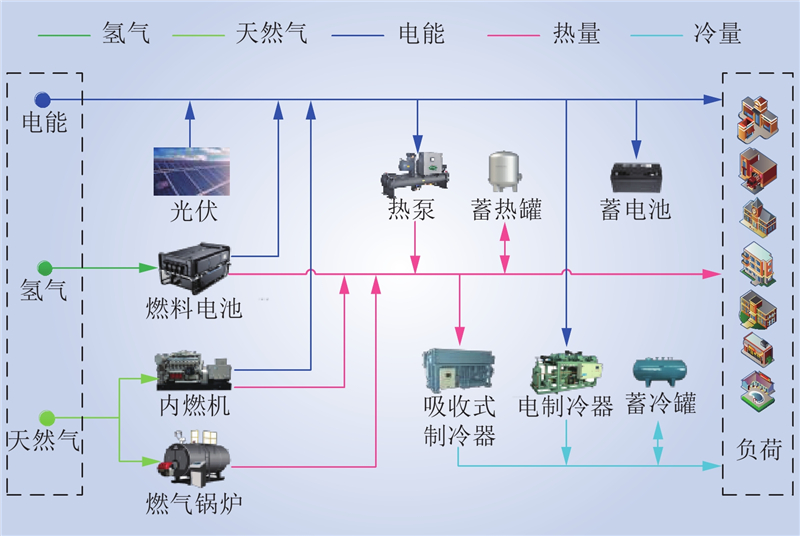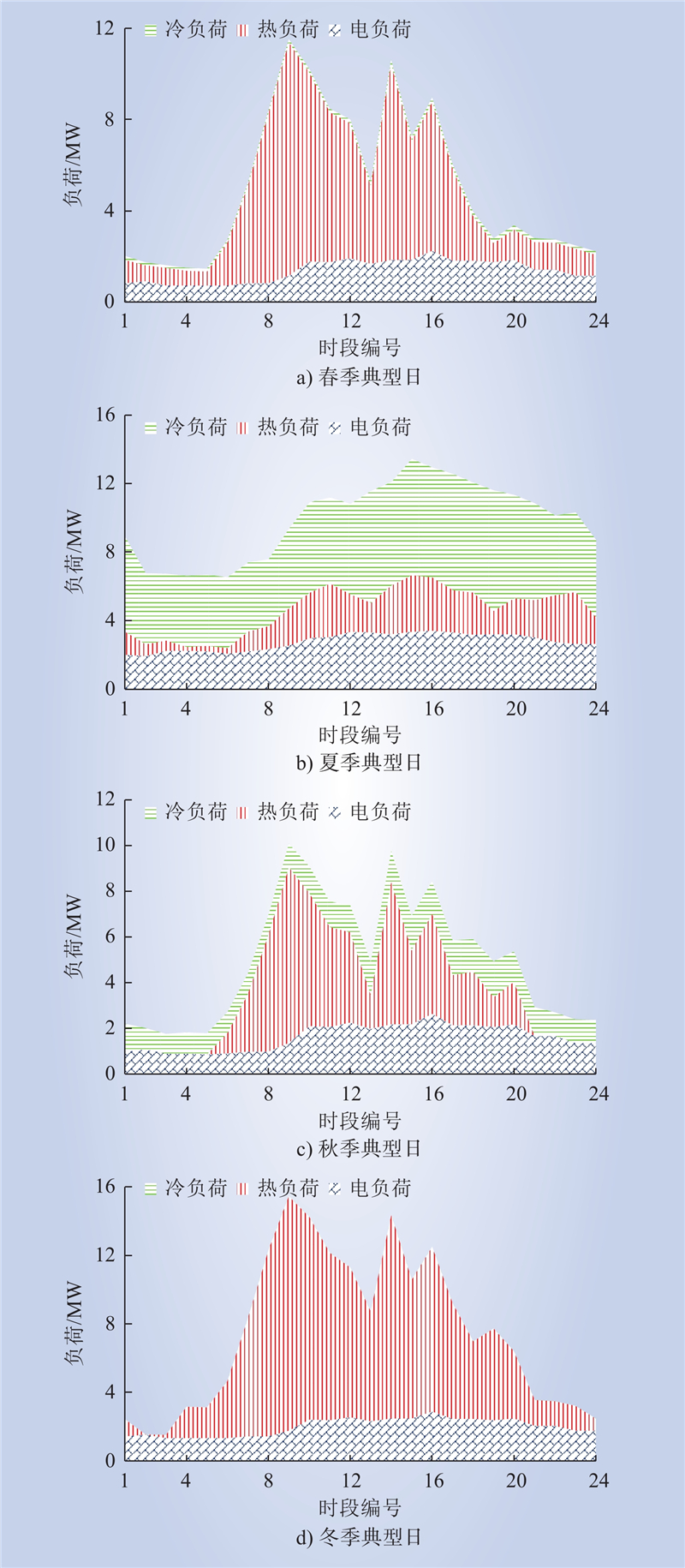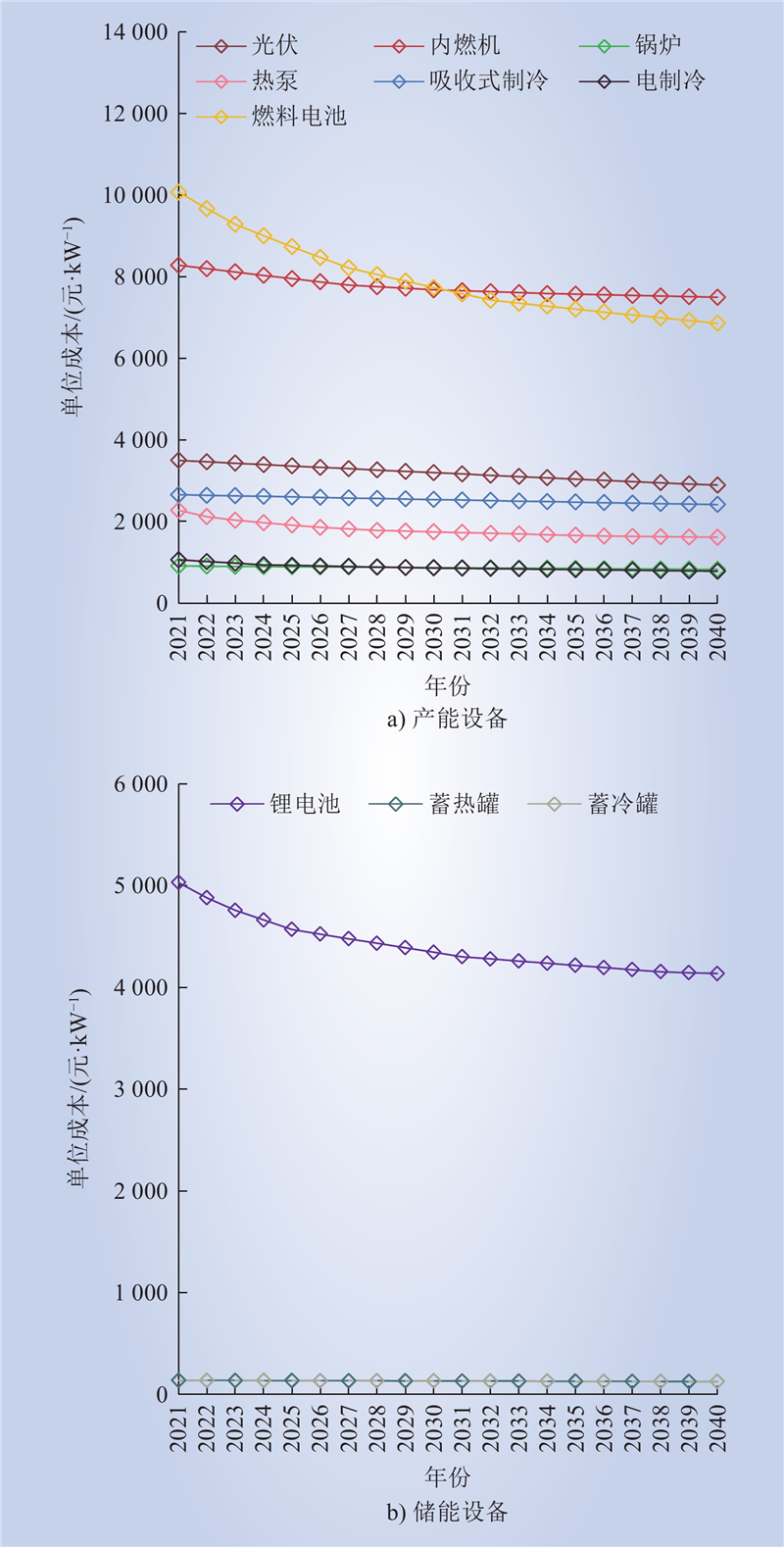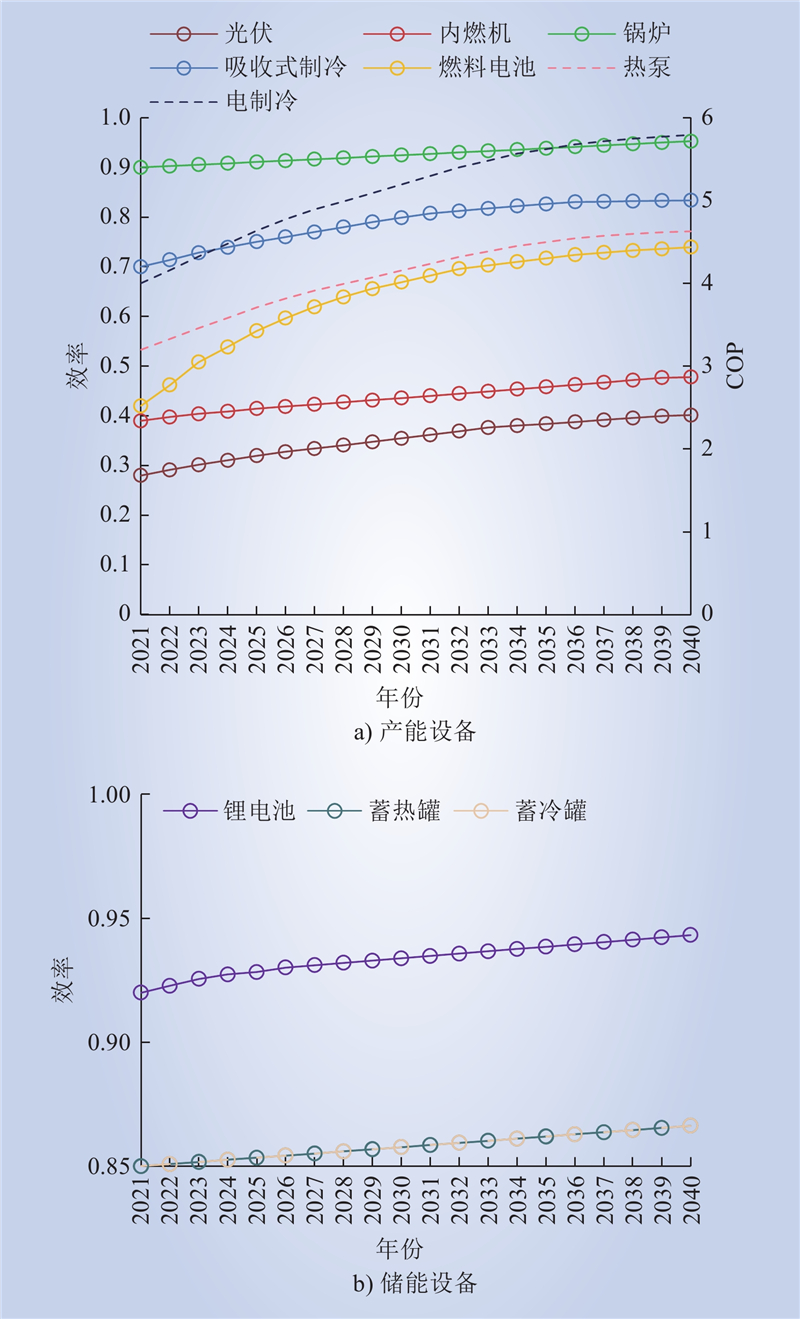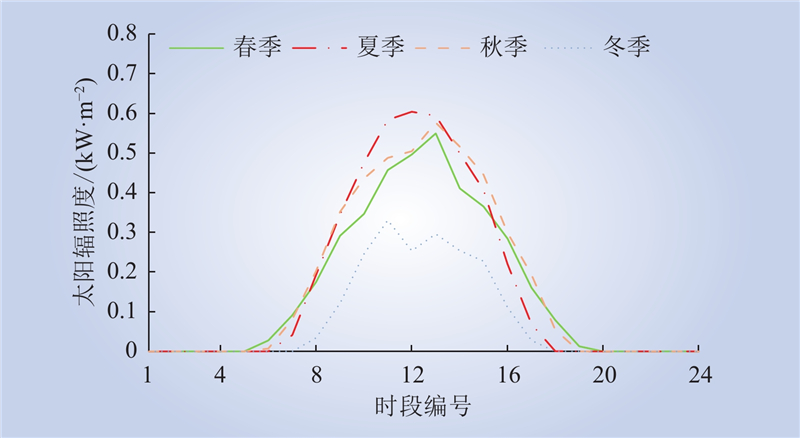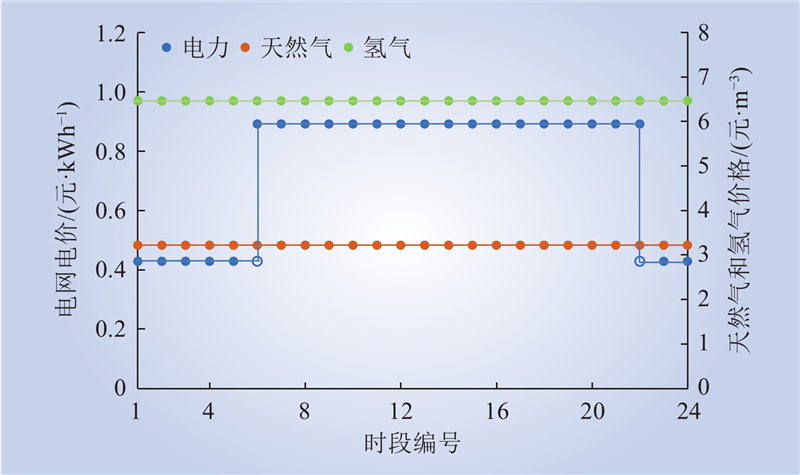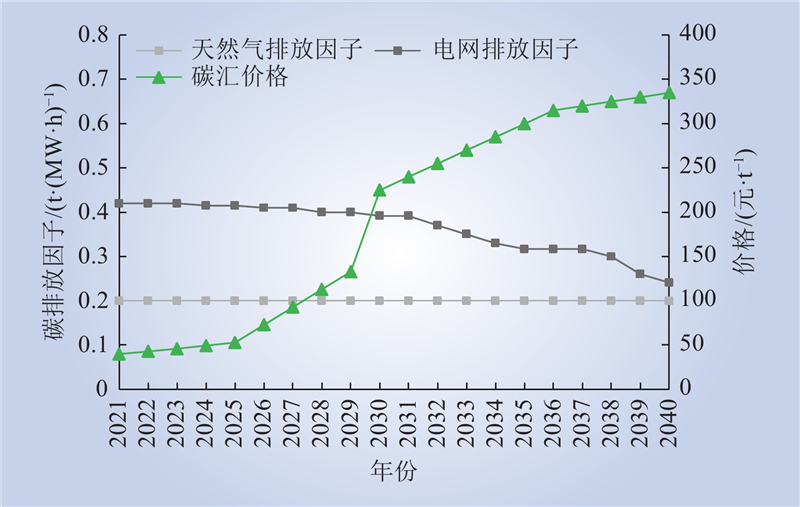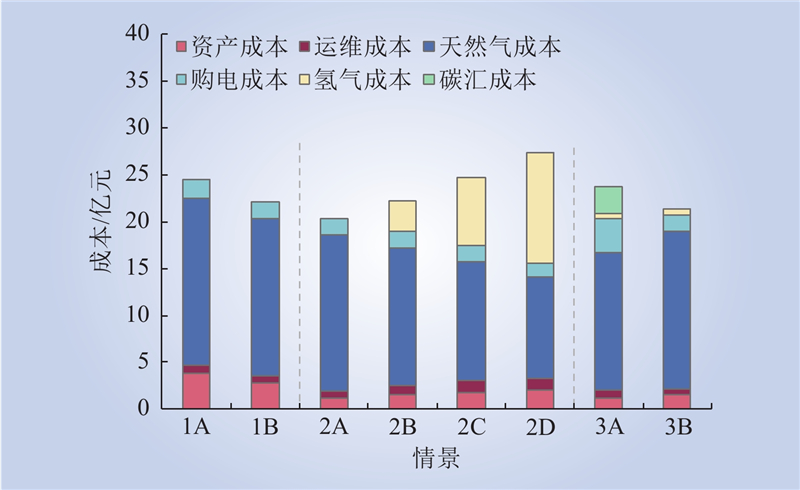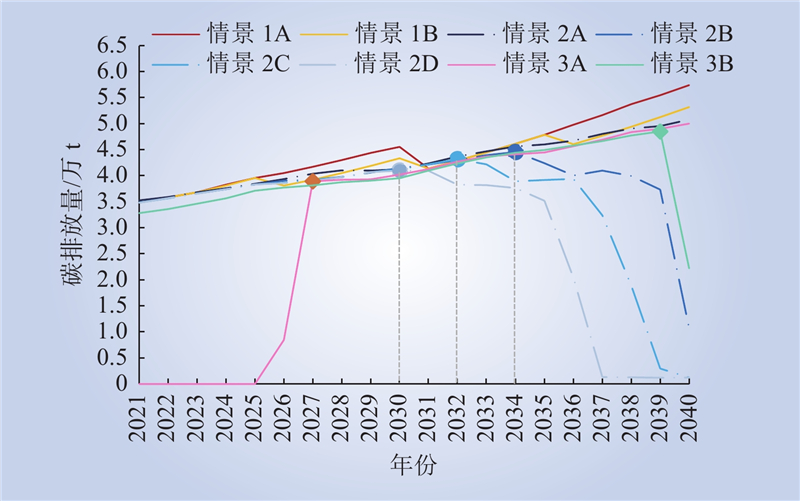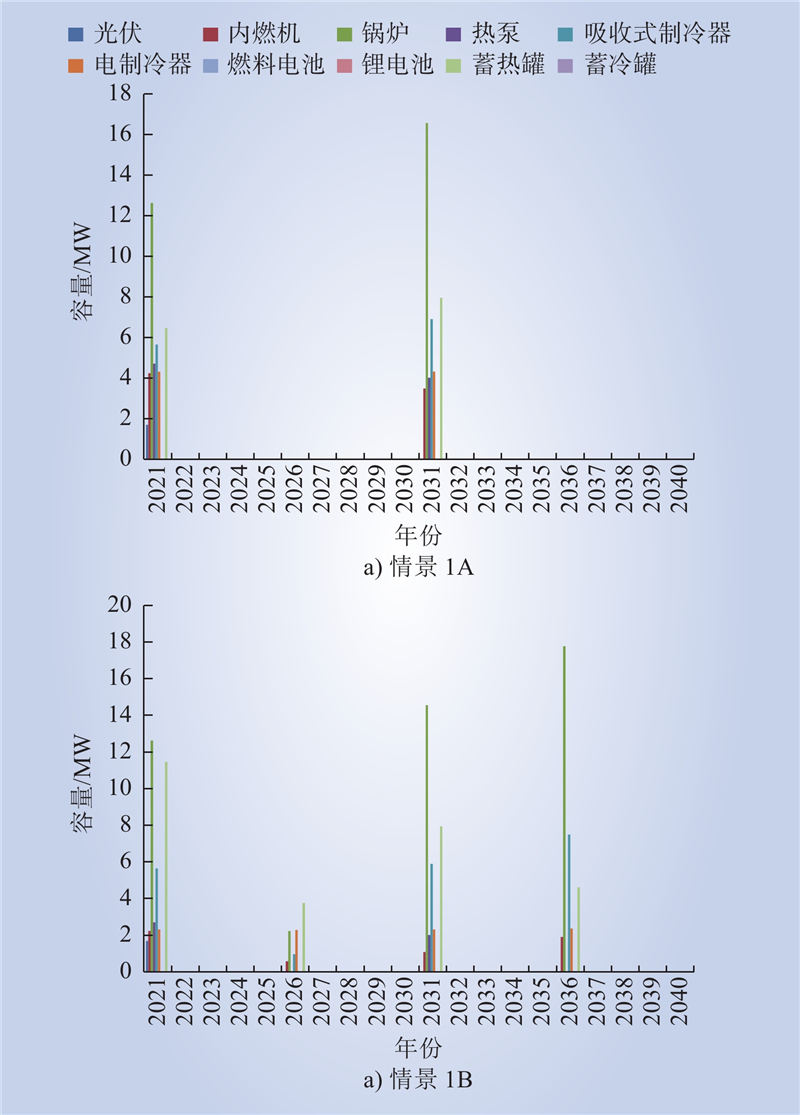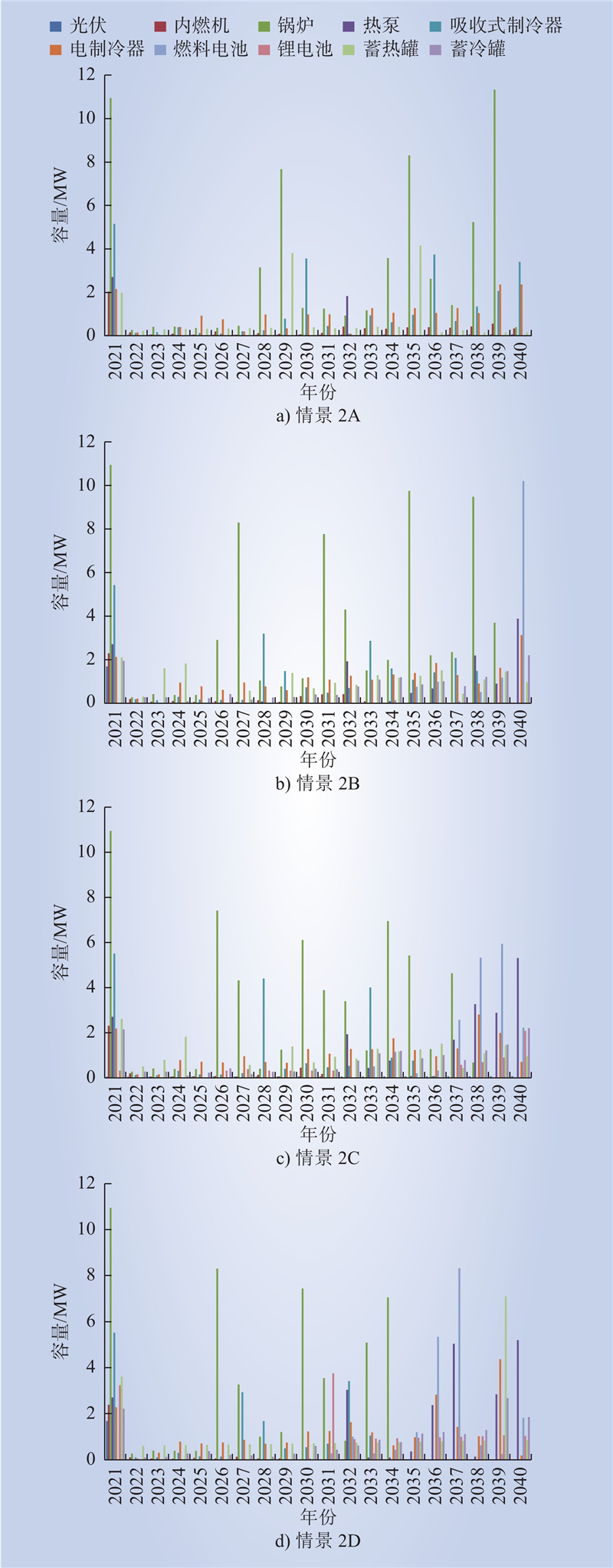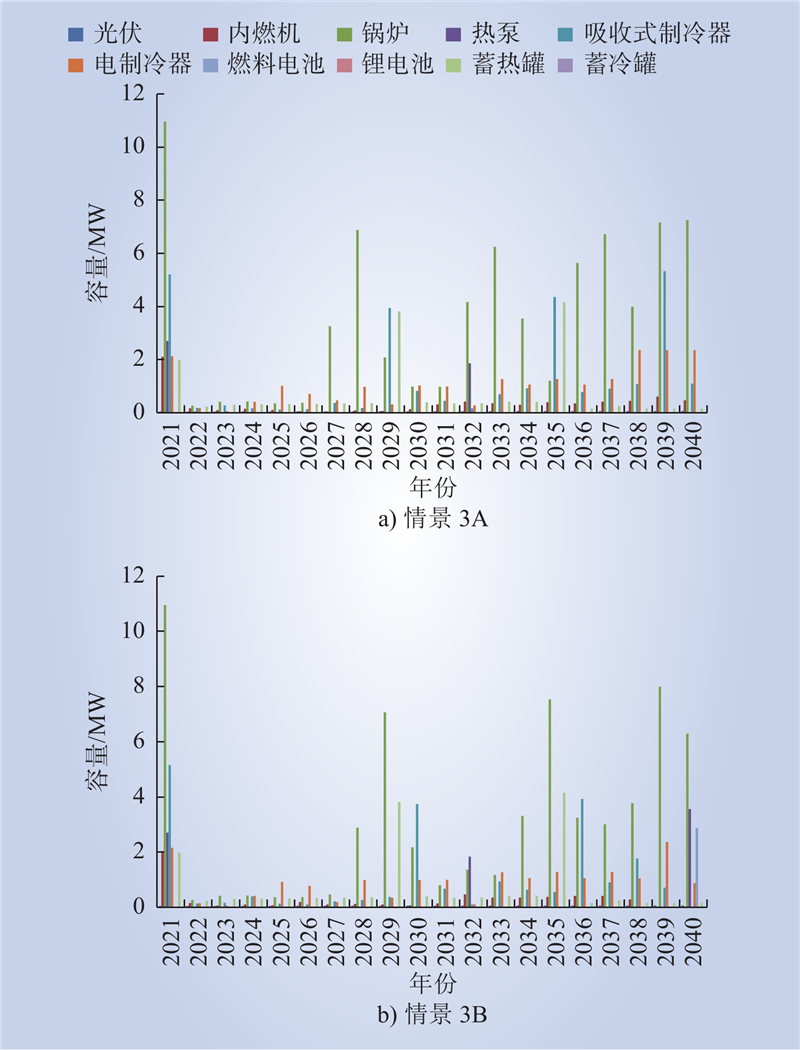| 1 |
贾宏杰, 王丹, 徐宪东, 等. 区域综合能源系统若干问题研究[J]. 电力系统自动化, 2015, 39 (7): 198- 207.
DOI
|
|
JIA Hongjie, WANG Dan, XU Xiandong, et al. Research on some key problems related to integrated energy systems[J]. Automation of Electric Power Systems, 2015, 39 (7): 198- 207.
DOI
|
| 2 |
HANNEGAN B, O'MALLEY M, KROPOSKI B, et al. Energy systems integration: defining and describing the value proposition[J], Alexandria: International Institute for Energy Systems Integration, 2016.
|
| 3 |
吕佳炜, 张沈习, 程浩忠, 等. 考虑互联互动的区域综合能源系统规划研究综述[J]. 中国电机工程学报, 2021, 41 (12): 4001- 4021.
|
|
LYU Jiawei, ZHANG Shenxi, CHENG Haozhong, et al. Review on district-level integrated energy system planning considering interconnection and interaction[J]. Proceedings of the CSEE, 2021, 41 (12): 4001- 4021.
|
| 4 |
梁涛, 尹晓东, 刘亚祥. 面向投资收益的综合能源系统鲁棒优化配置规划[J]. 中国电力, 2023, 56 (4): 156- 166.
|
|
LIANG Tao, YIN Xiaodong, LIU Yaxiang. Robust optimal configuration planning of integrated energy system for return on investment[J]. Electric Power, 2023, 56 (4): 156- 166.
|
| 5 |
张沈习, 王丹阳, 程浩忠, 等. 双碳目标下低碳综合能源系统规划关键技术及挑战[J]. 电力系统自动化, 2022, 46 (8): 189- 207.
|
|
ZHANG Shenxi, WANG Danyang, CHENG Haozhong, et al. Key technologies and challenges of low-carbon integrated energy system planning for carbon emission peak and carbon neutrality[J]. Automation of Electric Power Systems, 2022, 46 (8): 189- 207.
|
| 6 |
孙子茹, 艾芊, 居来提·阿不力孜, 等. 考虑季节性氢储及期货式碳交易的综合能源系统年度规划研究[J]. 中国电力, 2022, 50 (8): 2- 13.
|
|
SUN Ziru, AI Qian, JULAITI Abuliz, et al. Annual planning study of integrated energy system considering seasonal hydrogen storage and futures carbon trading[J]. Electric Power, 2022, 50 (8): 2- 13.
|
| 7 |
王莉, 曾顺奇, 黄晓彤, 等. 多能互补的分布式供能系统的超结构模型及运行策略优化设计[J]. 热能动力工程, 2020, 35 (8): 9- 17.
DOI
|
|
WANG Li, ZENG Shunqi, HUANG Xiaotong, et al. Superstructure model and optimization design of operation strategy for distributed energy system with multiple complementary energy[J]. Journal of Engineering for Thermal Energy and Power, 2020, 35 (8): 9- 17.
DOI
|
| 8 |
卢炳文, 魏震波, 魏平桉, 等. 考虑多重区间不确定性的用户侧综合能源系统双层优化配置[J]. 中国电力, 2022, 55 (3): 193- 202.
|
|
LU Bingwen, WEI Zhenbo, WEI Pingan, et al. Two-level optimal configuration of user-side integrated energy system considering interval uncertainties[J]. Electric Power, 2022, 55 (3): 193- 202.
|
| 9 |
张昊, 李大华, 田禾, 等. 基于If-Then-Else规则的热电联产系统能量调度方法[J]. 热能动力工程, 2022, 37 (6): 152- 162.
|
|
ZHANG Hao, LI Dahua, TIAN He, et al. Energy dispatching method for combined heat and power system based on If-Then-Else rules[J]. Journal of Engineering for Thermal Energy and Power, 2022, 37 (6): 152- 162.
|
| 10 |
亢猛, 钟祎勍, 石鑫, 等. 计及负荷供给可靠性的园区综合能源系统两阶段优化方法研究[J]. 发电技术, 2023, 44 (1): 25- 35.
|
|
KANG Meng, ZHONG Yiqing, SHI Xin, et al. Research on two-stage optimization approach of community integrated energy system considering load supply reliability[J]. Power Generation Technology, 2023, 44 (1): 25- 35.
|
| 11 |
MENDES G, IOAKIMIDIS C, FERRÃO P. On the planning and analysis of Integrated Community Energy Systems: a review and survey of available tools[J]. Renewable and Sustainable Energy Reviews, 2011, 15 (9): 4836- 4854.
DOI
|
| 12 |
程林, 张靖, 黄仁乐, 等. 基于多能互补的综合能源系统多场景规划案例分析[J]. 电力自动化设备, 2017, 37 (6): 282- 287.
|
|
CHENG Lin, ZHANG Jing, HUANG Renle, et al. Case analysis of multi-scenario planning based on multi-energy complementation for integrated energy system[J]. Electric Power Automation Equipment, 2017, 37 (6): 282- 287.
|
| 13 |
ZHENG X, QIU Y, ZHAN X, et al. Optimization based planning of urban energy systems: Retrofitting a Chinese industrial park as a case-study[J]. Energy, 2017, 139 (15): 31- 41.
|
| 14 |
KOLTSAKLIS N E, LIU P, GEORGIADIS M C. An integrated stochastic multi-regional long-term energy planning model incorporating autonomous power systems and demand response[J]. Energy, 2015, 82, 865- 888.
DOI
|
| 15 |
曹严, 穆云飞, 贾宏杰, 等. 考虑建设时序的园区综合能源系统多阶段规划[J]. 中国电机工程学报, 2020, 40 (21): 6815- 6828.
|
|
CAO Yan, MU Yunfei, JIA Hongjie, et al. Multi-stage planning of park-level integrated energy system considering construction time sequence[J]. Proceedings of the CSEE, 2020, 40 (21): 6815- 6828.
|
| 16 |
邹磊, 唐一铭, 刘祝平, 等. 考虑分期规划与设备替换的园区型综合能源系统最优配置方法[J]. 中国电力, 2021, 54 (9): 176- 186.
|
|
ZOU Lei, TANG Yiming, LIU Zhuping, et al. Optimal design method of integrated energy systems considering staged planning and equipment replacement[J]. Electric Power, 2021, 54 (9): 176- 186.
|
| 17 |
MAVROMATIDIS G, PETKOV I. MANGO: a novel optimization model for the long-term, multi-stage planning of decentralized multi-energy systems[J]. Applied Energy, 2021, 288, 116585.
DOI
|
| 18 |
LIU Z M, ZHAO Y R, WANG X N. Long-term economic planning of combined cooling heating and power systems considering energy storage and demand response[J]. Applied Energy, 2020, 279, 115819.
DOI
|
| 19 |
XIE S W, HU Z J, WANG J Y, et al. The optimal planning of smart multi-energy systems incorporating transportation, natural gas and active distribution networks[J]. Applied Energy, 2020, 269, 115006.
DOI
|
| 20 |
VAN BEUZEKOM I, HODGE B M, SLOOTWEG H. Framework for optimization of long-term, multi-period investment planning of integrated urban energy systems[J]. Applied Energy, 2021, 292, 116880.
DOI
|
| 21 |
方仍存, 杨洁, 周奎, 等. 计及全生命周期碳成本的园区综合能源系统优化规划方法[J]. 中国电力, 2022, 55 (12): 135- 146.
|
|
FANG Rengcun, YANG Jie, ZHOU Kui, et al. An optimal planning method for park IES considering life cycle carbon cost[J]. Electric Power, 2022, 55 (12): 135- 146.
|
| 22 |
陈志, 胡志坚, 翁菖宏, 等. 基于阶梯碳交易机制的园区综合能源系统多阶段规划[J]. 电力自动化设备, 2021, 41 (9): 148- 155.
|
|
CHEN Zhi, HU Zhijian, WENG Changhong, et al. Multi-stage planning of park-level integrated energy system based on ladder-type carbon trading mechanism[J]. Electric Power Automation Equipment, 2021, 41 (9): 148- 155.
|
| 23 |
张岚, 王永利, 陶思艺, 等. 考虑外部碳交易效益的综合能源系统多阶段规划[J]. 云南电力技术, 2022, 50 (1): 16- 23.
|
|
ZHANG Lan, WANG Yongli, TAO Siyi, et al. Multi-stage planning of comprehensive energy system considering external carbon trading benefits[J]. Yunnan Electric Power, 2022, 50 (1): 16- 23.
|
| 24 |
牛衍亮, 黄如宝, 常惠斌. 基于学习曲线的能源技术成本变化[J]. 管理工程学报, 2013, 27 (3): 74- 80.
DOI
|
|
NIU Yanliang, HUANG Rubao, CHANG Huibin. The change of energy technology cost based on learning curve[J]. Journal of Industrial Engineering and Engineering Management, 2013, 27 (3): 74- 80.
DOI
|
| 25 |
景锐, 赵英汝. 燃料电池热电联产技术应用于公共建筑的可行性[J]. 暖通空调, 2017, 47 (4): 29- 35.
|
|
JING Rui, ZHAO Yingru. Feasibility of fuel cell-based CHP systems applied to public buildings[J]. Heating Ventilating & Air Conditioning, 2017, 47 (4): 29- 35.
|
| 26 |
LIU Z M, LIM M Q, KRAFT M, et al. Simultaneous design and operation optimization of renewable combined cooling heating and power systems[J]. AIChE Journal, 2020, 66(12).
|
| 27 |
汉京晓, 白伟, 冯俊小, 等. 氢能在供热领域的研究与分析[J]. 区域供热, 2021, (3): 45- 52, 84.
DOI
|
|
HAN Jingxiao, BAI Wei, FENG Junxiao, et al. Research and analysis of hydrogen energy in heating field[J]. District Heating, 2021, (3): 45- 52, 84.
DOI
|
| 28 |
马亚军. 双碳背景下电网电力排放因子预测分析与模型研究[J]. 中国认证认可, 2022(4): 13–15.
|
|
MA Yajun. Power grid emission factor prediction, analysis and model research under dual-carbon background[J], China certification and accreditation, 2022(4): 13–15.
|



